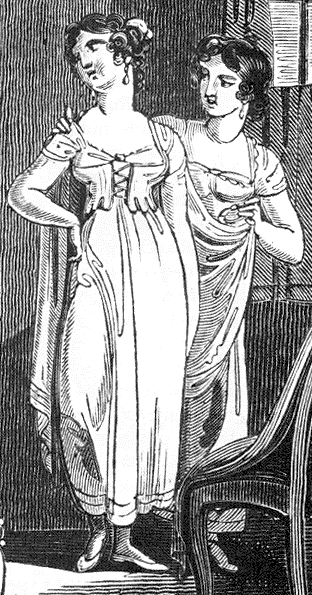
I know most women love Mr. Darcy, and he is great, but I admit I am partial to Mr. Knightley, and not just because he's been played by such handsome actors as Jeremy Northam and Jonny Lee Miller.
Why Mr.. Knightley is awesome.
He is not only the perfect opposite to Emma's flawed and somewhat childish personality, but he's also a wonderful man.
Kindness, compassion, and maturity are amongst his greatest qualities, but his best quality for me is his fearlessness. He's never cowed into silence. Even with the woman he loves, he's not afraid to call it like he sees it. He is not timid or reserved when he tells Emma she was not living up to her own kind nature.
All my heroes are in some way inspired by him. Every book I have ever written includes a hero who is fearless in some way. Even though my heroes can have huge fears (like a fear of guns or the fear of being alone), they are never afraid to do what they must when it really matters--whether that be facing down their demons or facing down their heroines.
So share;
Readers: which hero do you love most and why?
Writers: is there a hero who inspires your writing? Who and why?













